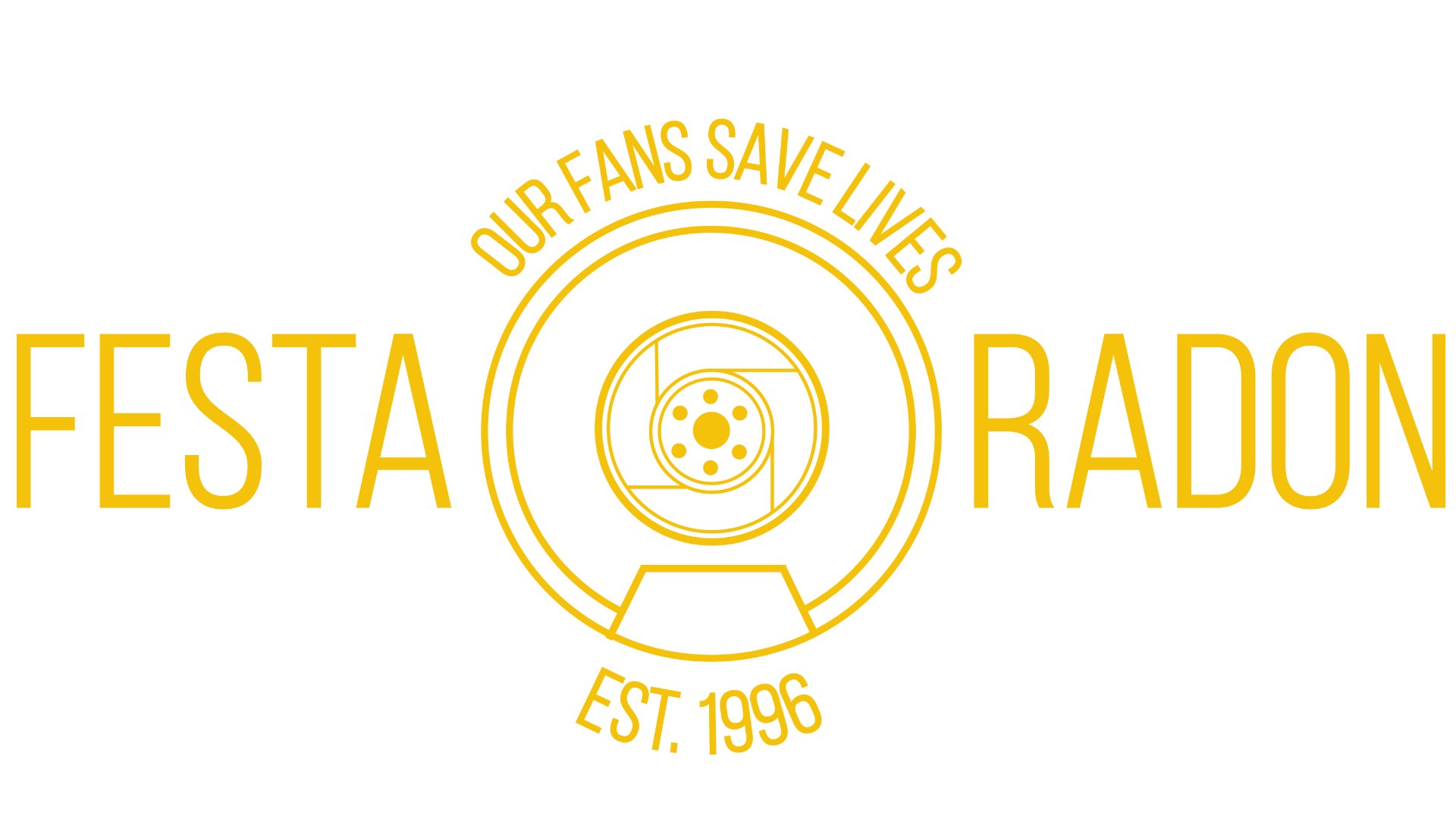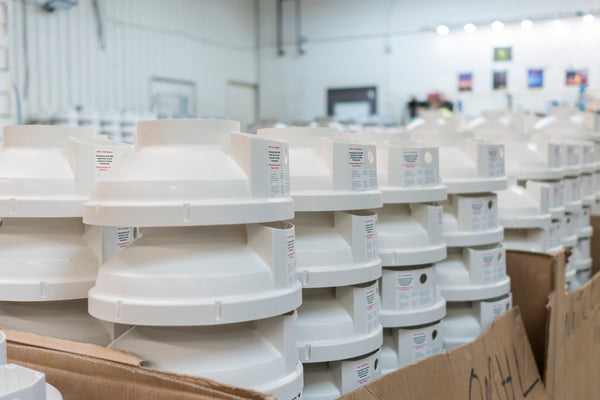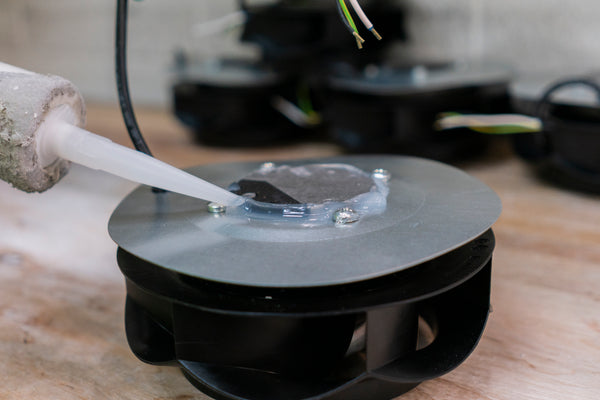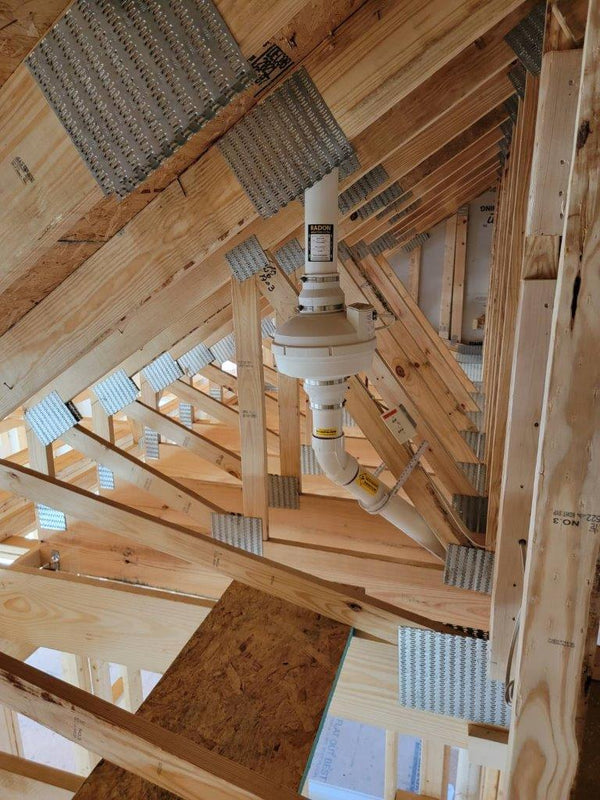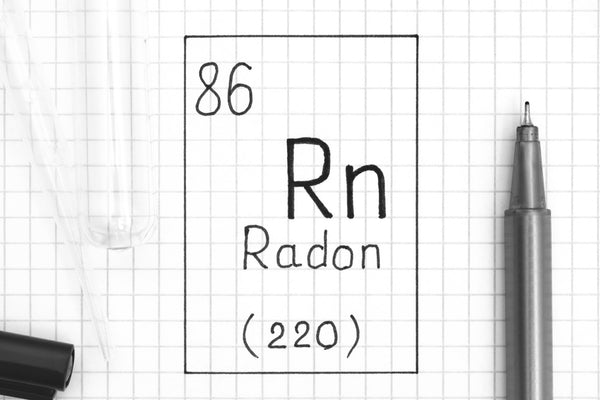
5 Myths About Radon and Radon Mitigation Debunked
Radon gas is a silent intruder lurking in many households, yet misconceptions about radon and radon mitigation often prevent people from addressing this invisible threat. It’s important to take the threat seriously, as radon is a known cause of lung cancer, second only to smoking. The myths about radon and radon mitigation that we’ve debunked in this guide will help homeowners understand why radon testing and mitigation are essential steps to ensuring a safe environment for their families.
Whether you’re a first-time homeowner or you’ve lived in your property for decades, it’s vital to separate fact from fiction. Below, we’ll tackle five common myths about radon and clarify what you can do to protect your home and loved ones.
Myth 1: Radon Is Not a Problem in My Area
It’s a common belief that radon only affects specific regions, but that’s not entirely true. While certain geographic regions have a higher concentration, radon can exist anywhere. Radon is a radioactive gas that’s produced when the uranium in soil breaks down. Uranium is a natural component in soil and rocks, which is why radon can be found everywhere.
Radon levels can even fluctuate between houses that sit directly next to each other. In other words, if your neighbor’s home tested low for radon, that doesn’t mean yours will too. Radon levels are also influenced by factors such as soil composition, construction materials, and ventilation.
Since the presence of radon is so widespread, the Environmental Protection Agency (EPA) recommends every home be tested. Radon exposure is directly linked to lung cancer, with radon being the second leading cause of the disease after smoking.
Take Action
The only way to know if radon is present in your home is to perform a test. Don’t assume that radon isn’t a threat simply because you’ve heard it’s uncommon in your area. Testing is an easy, proactive step toward creating a healthier home.

Myth 2: Radon Testing Is Expensive and Complicated
Some homeowners believe radon testing requires a steep financial investment and a long waiting period to process the results. Fortunately, neither statement is true. Basic radon testing is straightforward, inexpensive, and widely accessible.
For budget-conscious homeowners, DIY radon testing kits are available at local hardware stores and online marketplaces. These kits are user-friendly, often costing between $15 and $30. Simply place the test in your home for a specified duration (usually 2–7 days), then mail it to a certified lab for analysis.
If your DIY radon test shows elevated radon levels, a continuous monitor can help. These devices, such as the EcoBlu and the EcoQube, are relatively affordable and cost $150 or less.
Another option is to invest in professional radon testing services. These services provide extremely accurate results and are often paired with expert advice on mitigation. Professionals typically use specialized radon monitors that provide a high degree of precision, with costs ranging from $150 to $300 depending on your location and home size.
Take Action
Setting up a DIY radon test only takes a few minutes, but it’s a major investment in your safety. With options for every budget, there’s no excuse to skip this critical step.
Myth 3: Radon Isn’t a Risk in New Homes
It’s easy to think that modern construction techniques make new homes immune to radon problems. However, this misconception can leave homeowners vulnerable. The truth is that both new and old homes are susceptible to radon infiltration. Even homes without basements can have elevated radon levels.
Radon can enter your home through foundation cracks, gaps in floors, pipes, or even porous building materials. The type of home—be it a sleek modern build or a charming century-old house—makes little difference when it comes to radon risks.
Interestingly, energy-efficient homes may sometimes face higher radon risks because they are built to be airtight, which can trap radon indoors. If your new build is showing elevated radon levels, it’s time to consider installing a mitigation system.
Take Action
Radon doesn’t care if your home is new or old. The only way to ensure you’re safe is to test—regardless of your home’s age.
Myth 4: Radon Mitigation Affects Home Resale Value
Some homeowners hesitate to invest in radon mitigation systems because they believe it will negatively impact the resale value of their property. However, the opposite is often true. Having a radon mitigation system in place can actually be a selling point; it shows potential buyers that the home has been actively maintained for safety.
Many buyers today expect radon testing as part of the home-buying process. If elevated radon levels are found, buyers often request mitigation as part of the sale agreement. Homes that already have mitigation systems installed have a leg up, as it eliminates additional work and costs for the buyer.
Real estate professionals often emphasize the importance of addressing radon issues upfront, as doing so can help facilitate smoother transactions and reassure buyers that the home is safe.
Take Action
Think of radon mitigation as an investment rather than an expense. A home with a system installed demonstrates responsibility and care—two qualities that can entice future buyers.

Myth 5: Radon Mitigation Is a One-Time Fix
Radon mitigation is incredibly effective but requires ongoing attention. Mitigation systems lower radon levels by venting the gas out of the home, typically through the use of an exhaust vent pipe and a radon fan. While these systems will reduce radon levels significantly, they are not "set it and forget it" solutions.
Fans and mitigation components must be regularly inspected and maintained to ensure optimal performance. Additionally, homeowners should retest radon levels every two years or after any significant structural changes to the home, such as renovations or foundation work, as these can alter how radon enters the property. As your home settles, it’s also important to reapply radon concrete sealer to any new cracks to keep radon at bay.
Take Action
Proper mitigation is the first step—ongoing maintenance and retesting are the keys to long-term peace of mind.
Keep Your Home Safe From Radon
It’s clear that there are a lot of myths about radon and radon mitigation. Now that we’ve debunked the most common misconceptions, you’re better prepared to minimize the threat in your home. Here’s a quick recap of the key takeaways:
- Radon can be present in any location.
- Radon testing is made affordable and easy through DIY options or professional services.
- Both new and old homes can have radon issues.
- Having a radon mitigation system can boost your home’s resale value.
- Radon mitigation requires maintenance and periodic retesting.
Radon may be silent and invisible, but the importance of taking action against it is loud and clear. Testing your home ensures the safety of everyone inside, and if mitigation is needed, the solutions are widely available and effective. Share this information with friends, family, and neighbors—awareness is the first step in prevention!
